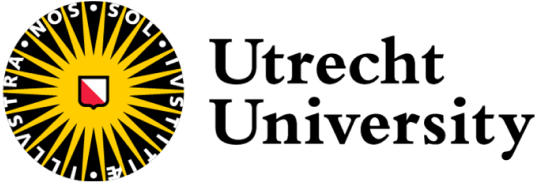Over deze cursus
There exists a multitude of programming languages, and the top ten list of most popular languages keeps changing continuously.
However, the set of basic building blocks on which these languages are based changes much more slowly.
In this course, we focus on exactly these building blocks and concepts, and look at how they are implemented in concrete programming languages.
We use predicate logic and natural deduction to specify and analyze the static and dynamic semantics of languages.
Course form
Lectures, project, presentations.
Study material
There is no book, but there are lecture notes for most of the topics.
In addition, articles, slides, and background reading will be provided during the course.
For the assignments, we will use the functional programming language Haskell.
For the projects, students can choose the most suitable language.
Leerresultaten
After completing this course, students will have an understanding of programming language paradigms such as object oriented, imperative and functional programming.
They will understand fundamental concepts, such as static and dynamic semantics of programming languages, type safety, static and dynamic typing, subtyping, inheritance, and higher order functions, as well as manual versus automatic memory management.
They will understand how the semantic of a language can be specified formally, to prove properties of the language in general or individual programs (such as correctness).
They will also understand how these features can be implemented, and how they can affect run time, safety and usability of a language.
Assessment
Students will need to
- complete a project component, which can be done by either
- completing a small research project (in a group) and present this project in a report (in a group), or by
- completing a programming assignment component, which may include a written report.
- take a final exam
The final mark is the average of the exam and project/assignment marks. Both these marks must be at least a 4.
To qualify for a repair of the final result the mark needs to be at least a 4, or “AANV”.
body{font-size:9pt;font-family:Arial}table{font-size:9pt;font-family:Arial}
Voorkennis
Je moet voldoen aan de volgende eisen
- Toelatingsbeschikking voor de master toegekend
Aanvullende informatie
- Meer infoCursuspagina op de website van Utrecht University
- Neem contact op met een coordinator
- StudiepuntenECTS 7.5
- Niveaumaster
- Selectie courseNee
